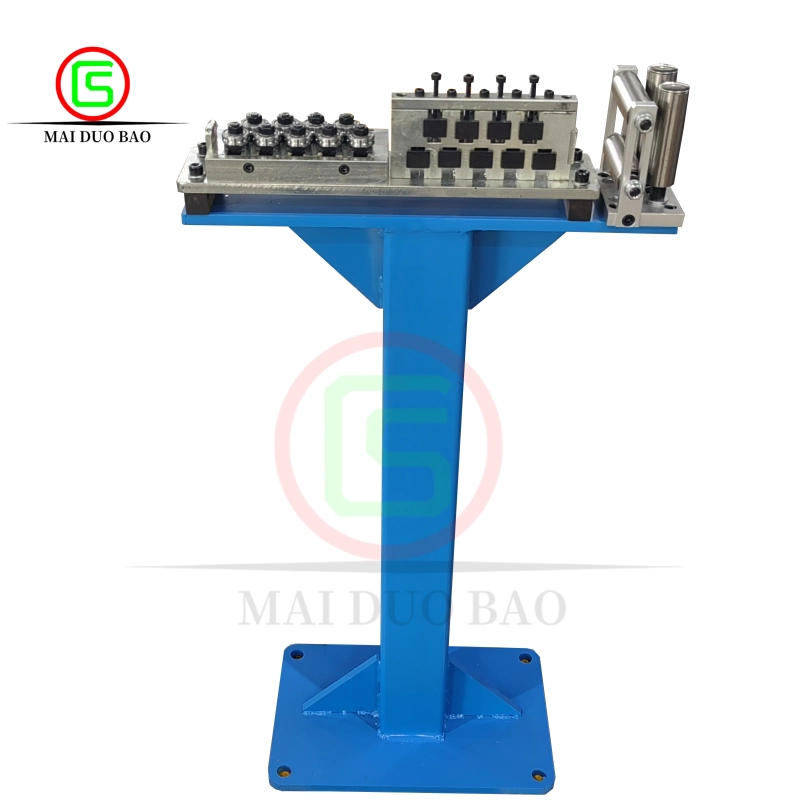When it comes to maintaining the aesthetic appeal of your vehicle or any painted surface, the removal of stubborn adhesives, such as those from 3M products, can be a daunting task. Whether you're dealing with old decals, protective films, or double-sided tape, the challenge lies in effectively removing the adhesive without compromising the integrity of the paint underneath. In this article, we will explore various methods and best practices for removing 3M adhesive safely and efficiently, ensuring that your surfaces remain pristine.
Understanding 3M Adhesives
3M adhesives are renowned for their strong bonding capabilities, making them a popular choice in various applications, from automotive to home improvement. However, their strength can pose a challenge when it comes time for removal. The adhesive can bond firmly to the paint, and improper removal techniques can lead to paint damage, including peeling, discoloration, or even surface scratches.
Preparation: The Key to Success
Before diving into the removal process, preparation is crucial. Here are some steps to ensure a smooth operation:
- Gather Your Tools: You will need a few essential tools, including:
- Plastic scrapers or credit cards (to avoid scratching the paint)
- Heat gun or hairdryer
- Adhesive remover (3M Adhesive Remover or similar)
- Soft cloths or microfiber towels
- Isopropyl alcohol
- Water and mild soap solution
- Test in an Inconspicuous Area: Always test your chosen method in a small, hidden area to ensure that it does not damage the paint.
- Choose the Right Environment: Work in a shaded area to prevent the adhesive remover from drying too quickly, which can make the process more difficult.
Step-by-Step Guide to Removing 3M Adhesive
Method 1: Heat Application
Heat is one of the most effective ways to soften adhesive bonds. Here’s how to do it:
- Apply Heat: Use a heat gun or hairdryer on a low setting. Hold it about 6-8 inches away from the adhesive. Move it back and forth to evenly distribute the heat. This should take about 30 seconds to a minute.
- Scrape Gently: Once the adhesive is warm, use a plastic scraper or credit card to gently lift the edge of the adhesive. Be careful not to apply too much pressure, as this can scratch the paint.
- Wipe Away Residue: After removing the bulk of the adhesive, use a soft cloth dampened with adhesive remover or isopropyl alcohol to wipe away any remaining residue.
Method 2: Chemical Adhesive Removers
If heat alone doesn’t do the trick, consider using a commercial adhesive remover:
- Apply the Remover: Follow the manufacturer’s instructions for the adhesive remover. Typically, you will apply it directly onto the adhesive and let it sit for a few minutes to penetrate.
- Scrape and Wipe: After the adhesive has softened, use your plastic scraper to gently lift it away. Follow up with a soft cloth to remove any leftover residue.
- Clean the Surface: Once the adhesive is removed, clean the area with a mild soap solution to remove any chemical residue, then dry it thoroughly.
Method 3: Isopropyl Alcohol
For lighter adhesive residues, isopropyl alcohol can be an effective solution:
- Soak a Cloth: Dampen a soft cloth with isopropyl alcohol and place it over the adhesive for a few minutes.
- Wipe and Scrape: After soaking, use the cloth to wipe away the adhesive. If necessary, use a plastic scraper to assist in the removal.
- Final Clean: Clean the area with soap and water to ensure all alcohol is removed.
Post-Removal Care
After successfully removing the adhesive, it’s essential to care for the paint:
- Inspect for Damage: Check for any signs of paint damage or discoloration. If you notice any issues, consider using a polishing compound to restore the surface.
- Wax the Area: Applying a quality wax can help protect the paint and restore its shine.
- Regular Maintenance: Regularly wash and wax your vehicle or painted surfaces to maintain their appearance and protect against future adhesive challenges.
Conclusion
Removing 3M adhesive without damaging paint requires a careful approach, combining the right tools and techniques. By following the methods outlined in this guide, you can effectively remove stubborn adhesives while preserving the integrity of your painted surfaces. Remember, patience and caution are key to achieving the best results. With the right preparation and execution, you can master the art of adhesive removal and keep your surfaces looking their best.

